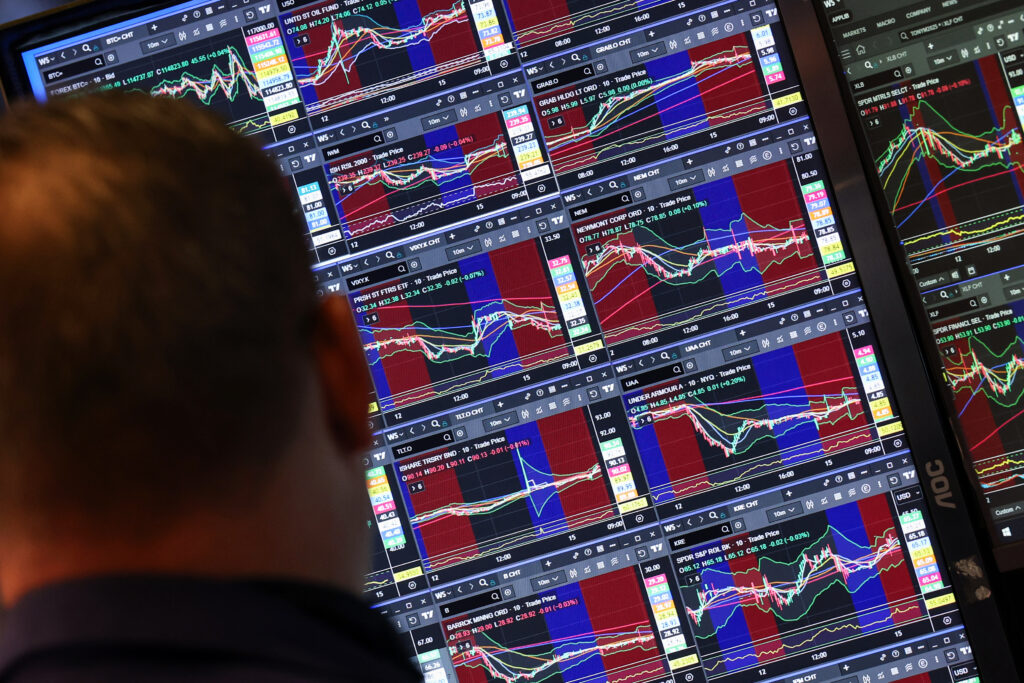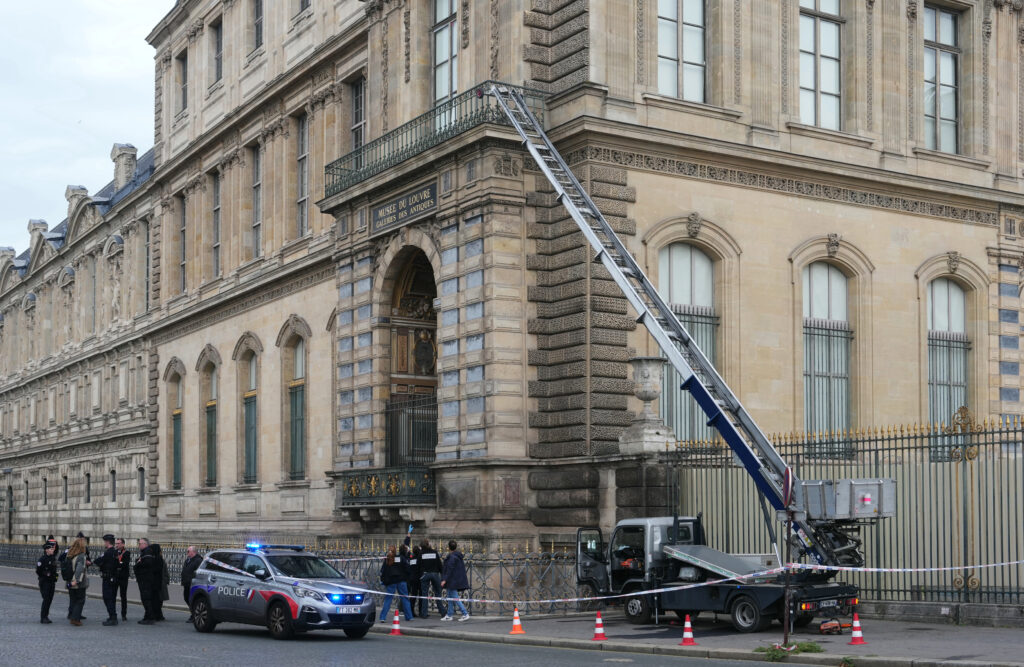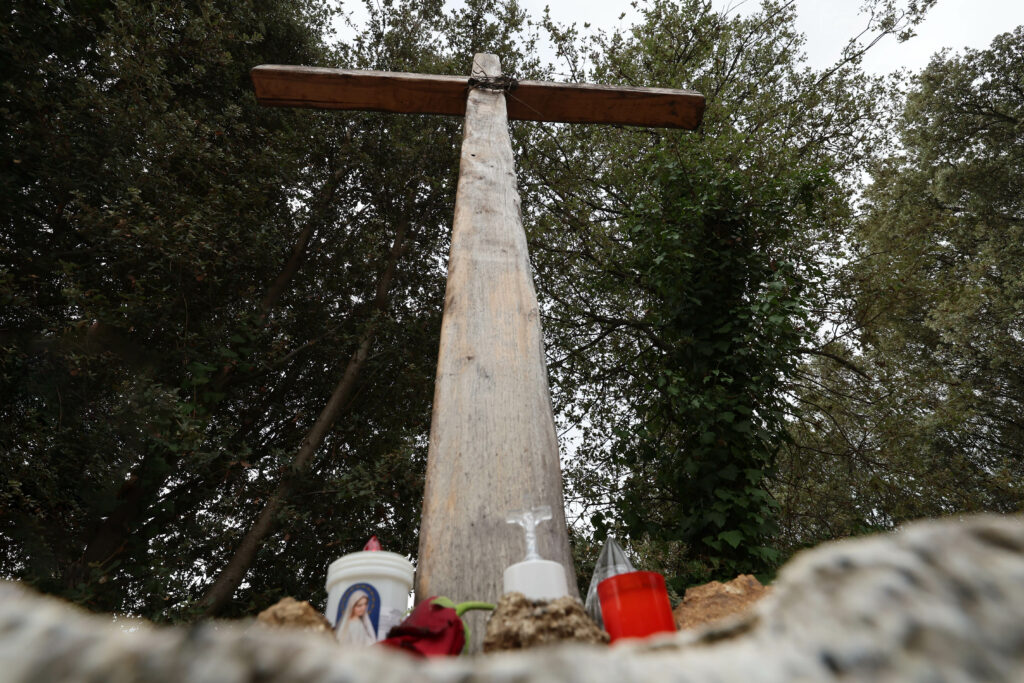L’interdiction des achats de gaz russe dans l’UE franchit une étape clé
L’Union européenne a franchi lundi une étape importante dans ses efforts pour assécher l’économie de guerre de la Russie, la majorité des Etats membres ayant approuvé le principe d’une interdiction, d’ici fin 2027, des importations de gaz naturel russe.Cette mesure phare, proposée par la Commission européenne au printemps, était au menu d’un conseil des ministres européens de l’Energie à Luxembourg, où elle a recueilli un large consensus.La Slovaquie et la Hongrie, pays enclavés et très dépendants des hydrocarbures russes, étaient opposés à cette interdiction mais ont été mis en minorité.En cessant ses achats de gaz naturel russe, qui devraient encore représenter 15 milliards d’euros cette année, l’UE veut assécher une source de financement majeure de la guerre menée par Moscou en Ukraine.Cette mesure, qui doit maintenant être négociée avec le Parlement européen, avait été proposée au printemps par la Commission européenne.Le Danemark, qui exerce la présidence tournante de l’UE jusqu’à la fin de l’année, espère parvenir à une adoption définitive avant le Nouvel An.”Cette décision va façonner l’avenir de notre continent. Nous allons cesser de financer la machine de guerre russe et diversifier notre approvisionnement en énergie”, s’est félicité le ministre danois de l’Energie Lars Aagaard, qui présidait la réunion.”Nous envoyons un message très clair aujourd’hui: nous ne permettrons plus à la Russie d’utiliser l’énergie comme une arme”, a déclaré à la presse le Commissaire européen à l’Energie Dan Jorgensen.”Pour nous, l’approvisionnement en énergie n’a rien à voir avec la politique” et n’a “rien à voir avec la Russie”, a plaidé au contraire le ministre hongrois des Affaires étrangères, Peter Szijjarto, affirmant que cette mesure allait “tuer” la sécurité d’approvisionnement énergétique de la Hongrie.- Accélérer le mouvement -L’UE essaye de se sevrer des hydrocarbures russes depuis l’invasion de l’Ukraine par la Russie début 2022.Mais si elle a cessé presque totalement ses importations de pétrole russe, elle conserve une forte dépendance envers Moscou pour son approvisionnement en gaz naturel: la Russie représentait encore 19% des importations totales de gaz de l’Union européenne en 2024, contre 45% en 2021.Afin d’accélérer le mouvement, la Commission européenne a donc proposé au printemps aux Etats membres un arrêt total des importations de gaz russe fin 2027.Et elle ne compte pas s’arrêter là. En septembre, elle a proposé d’avancer cette date-butoir à fin 2026, c’est à dire dans un peu plus d’un an, en ce qui concerne les importations de gaz naturel liquéfié (GNL).Cette mesure supplémentaire, proposée dans le cadre d’un 19e “paquet” de nouvelles sanctions contre la Russie, qui est toujours en discussions, n’était cependant pas au menu de la réunion ministérielle de lundi.De son côté, le Parlement européen voudrait aller encore plus loin: ses commissions de l’Industrie et du Commerce ont approuvé jeudi un texte visant à interdire toutes les importations de gaz russe, que ce soit par gazoduc ou sous forme de GNL, et ce dès le 1er janvier 2026, hormis quelques exceptions limitées.Le président américain a lui aussi réclamé l’arrêt des achats d’énergies fossiles russes par les pays européens, dénonçant leur côté absurde, car ils reviennent à contribuer à financer la guerre menée par Vladimir Poutine en Ukraine.”L’Europe doit passer à la vitesse supérieure. Elle ne peut pas continuer à agir comme elle le fait actuellement. Elle achète du pétrole et du gaz à la Russie alors qu’elle est en conflit avec ce pays. C’est embarrassant pour elle”, avait lancé M. Trump, lors de l’Assemblée annuelle des Nations unies à New York.








